OPPO UDP-205 UNIVERSAL PLAYER (Modified)
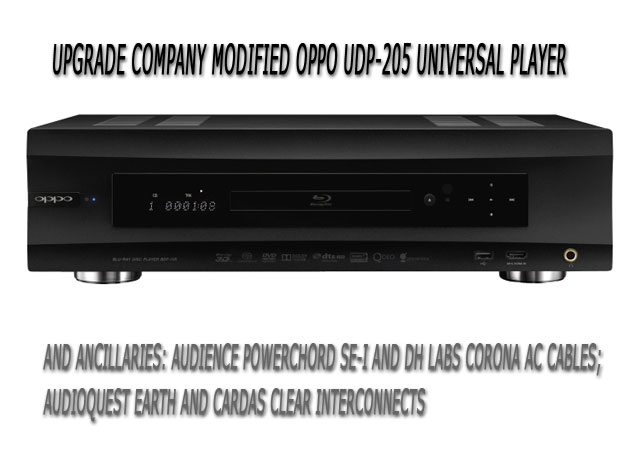
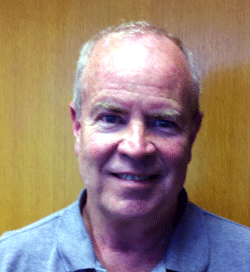 My award for 2017’s Most Wanted Component went to OPPO’s UDP-205 UHD/Blu-ray/Universal disc player. Here’s what I wrote:
My award for 2017’s Most Wanted Component went to OPPO’s UDP-205 UHD/Blu-ray/Universal disc player. Here’s what I wrote:
“To call this player ‘great value for the money’ is to do it an injustice. The UDP-205 is a truly high-end unit that will play virtually any digital disc, download, or stream in existence, including 4K video. It contains two cutting-edge ESS9038 Sabre Pro DACs, with a choice of seven(!) digital filters, and will output stereo or multichannel. Especially notable are the OPPO’s bass and detail. $1,299 too pedestrian for you? Add David Schulte’s Signature Edition upgrade and receive an extra helping of drive and finesse. The upgraded UDP-205 will compete with the five-figure ‘big boys.’ Don’t call me crazy unless you’ve heard it!”
I wouldn’t change a word of that summary, but little did I know that the 205 would not be available, and that OPPO would cease to manufacture digital products a few months after the award was given! OPPO digital players and DAC’s are now only available through dealers that might have remaining stock (very unlikely) or individuals (often at prices far above list). However, the last few sentences above recommend The Upgrade Company’s Signature Edition upgrade for the 205… and that’s where this chapter begins.
David Schulte is the driving force behind The Upgrade Company. After his studies at the University of Michigan, Schulte turned his passion for figuring out what makes electronics tick into the fledgling Upgrade Company in 1981, while moonlighting for the U.S. government. Schulte recently moved his successful enterprise from Northern Michigan to Nevada, and it is there he continues to refine his audio/video component upgrades.
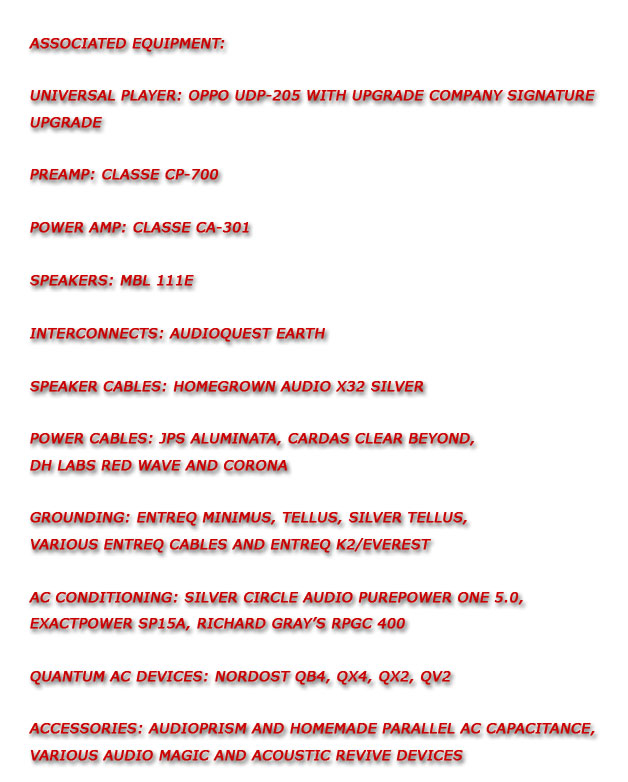 While there is no shortage of companies and individuals who perform modifications to audio gear, the majority of them concentrate on replacement of parts in the audio output stages and/or power supplies – from replacing op amps with discrete components, all the way to converting solid state input/output stages into tube-based ones. While replacing parts is a portion of what Schulte includes in his upgrades, his main focus is eliminating RFI (Radio Frequency Interference) and EMI (Electro-Magnetic Interference) from every section of your gear to the maximum extent possible.
While there is no shortage of companies and individuals who perform modifications to audio gear, the majority of them concentrate on replacement of parts in the audio output stages and/or power supplies – from replacing op amps with discrete components, all the way to converting solid state input/output stages into tube-based ones. While replacing parts is a portion of what Schulte includes in his upgrades, his main focus is eliminating RFI (Radio Frequency Interference) and EMI (Electro-Magnetic Interference) from every section of your gear to the maximum extent possible.
Perhaps you’re not completely aware of how damaging RFI is to your delicate audio signal: According to Schulte, just one WiFi router emits 2.4 billion RFI pulses per second! Combine this with the RFI generated by myriad appliances in your home, and you’ve got a ton of high-frequency garbage getting into your prized hi-fi electronics, singing right along with the music through your power supply, wiring, and unshielded components. (EMI is easier to shield against because its frequencies are far lower, and the pulses far fewer.)
Although things have improved somewhat, especially in gear with audiophile aspirations, the innards of most electronics come from the factory mostly “naked,” with internal wiring and critical parts unshielded from radiation. Schulte attacks this in a number of ways: (1) wrapping internal wiring six times with adhesive and foil designed to combat RFI (replacing low-quality wiring when necessary); (2) using shielding plates to protect active chipsets (e.g. DAC’s) and critical internal components; (3) applying RF paint to critical components like electrolytic and film capacitors and op amps; (4) replacing cheap parts (diodes, op amps, capacitors), including power supply components, with higher quality parts; (5) applying damping material inside the chassis and individual sections within the unit; (6) paying special attention to shielding critical sections like internal clocks in digital equipment (that also generate RFI) and analog output circuits; (7) installing a new Furutech IEC inlet; (8) installing a proprietary AC filter at the IEC inlet; (9) ensuring the unit surpasses all factory specs before it’s sent to you. All of this plus other little niceties comprise the standard Signature Edition (SE) upgrade.
The standard SE upgrade will most likely cost $699 to $2500, depending on the complexity of your unit. Upgrading an existing OPPO UDP-205 is $1299. McIntosh MVP901 universal players are $1500 to upgrade, or you can buy a new Mac from The Upgrade Company. You can also add extra bells and whistles like Bybee Slipstream Purifiers ($300 each for gold, $100 each for copper) or Audio Magic Pulse Gen ZX ($399) at the IEC inlet; and upgraded fuses ($55 to $200 each). I should mention that Schulte’s upgrade technology works on most any brand or category of electronics – sources, preamps, and power amps.

The Upgrade Company offers an in-home, 30-day trial period for you to try the upgraded unit, during which time you may send it back for a refund, for any reason. Schulte says he hasn’t had a return in 12 years. If you buy a unit complete with upgrade, there’s a five-year parts and labor warranty. If your existing unit is sent in for modification, the work done by The Upgrade Company (parts and labor) is warranted for five years. Schulte may also be able to perform repairs on your existing unit. Call him at the number below for specifics.
 Now comes the difficult part of this review: an admission from the reviewer that I have not heard an unmodified OPPO UDP-205 in my home system – only briefly in a retail establishment. So I can’t credibly compare a stock ‘205 to my player, which came directly from The Upgrade Company already modified. However, my previous player was a Theta Compli Blu universal player, also with Schulte’s SE upgrade (which unfortunately was destroyed by lightning last year). And I still own a Linn Unidisk 1.1 universal player with Dynamik power supply upgrade, a state-of-the-art player just over a decade ago. My report is based upon how the upgraded ‘205 sounds compared to these players.
Now comes the difficult part of this review: an admission from the reviewer that I have not heard an unmodified OPPO UDP-205 in my home system – only briefly in a retail establishment. So I can’t credibly compare a stock ‘205 to my player, which came directly from The Upgrade Company already modified. However, my previous player was a Theta Compli Blu universal player, also with Schulte’s SE upgrade (which unfortunately was destroyed by lightning last year). And I still own a Linn Unidisk 1.1 universal player with Dynamik power supply upgrade, a state-of-the-art player just over a decade ago. My report is based upon how the upgraded ‘205 sounds compared to these players.
It is amazing to hear how digital technology has advanced over the past ten years. Pick a regular old Redbook CD – any CD that you’ve heard countless times – and you will be dumbfounded to learn that you didn’t really know what it sounded like at all when you hear it on a player like the ‘205 SE. The old standard criticisms of digital playback (harshness, brightness, lack of proper stereo image, lack of inner detail) are just not relevant anymore. There is a world of great sound and great music on your CD collection (or file collection, since the ‘205 can be used as a full-service DAC) that you will hear in a renewed light.
 Although I partially credit new DAC chips and associated parts and power supplies for these improvements, the lily is truly gilded by The Upgrade Company’s SE modification. Overall, the upgraded OPPO’s sound is simply far more alive, refined, and exciting than that of the Linn – an $11,000 player of a relatively few years back. Pull out Thelonious Monk’s Straight, No Chaser [Columbia CD], recorded in 1967. Monk’s piano and Charlie Rouse’s tenor sound utterly alive, with the dimensionality, fullness, and detail of their instruments wonderfully preserved. There’s no digital “flatness” of image or lack of dynamics here – just all-star players participating in an amazing session. By comparison, the Linn, though free of the digital nasties of the past, sounds a bit too smooth and homogenized. It is not an overstatement to say that I was amazed by the difference in the presentation of this 50+-year-old CD between these two players. I had to pull out It’s Monk’s Time [Columbia CD, 1964] to confirm that I wasn’t hearing things.
Although I partially credit new DAC chips and associated parts and power supplies for these improvements, the lily is truly gilded by The Upgrade Company’s SE modification. Overall, the upgraded OPPO’s sound is simply far more alive, refined, and exciting than that of the Linn – an $11,000 player of a relatively few years back. Pull out Thelonious Monk’s Straight, No Chaser [Columbia CD], recorded in 1967. Monk’s piano and Charlie Rouse’s tenor sound utterly alive, with the dimensionality, fullness, and detail of their instruments wonderfully preserved. There’s no digital “flatness” of image or lack of dynamics here – just all-star players participating in an amazing session. By comparison, the Linn, though free of the digital nasties of the past, sounds a bit too smooth and homogenized. It is not an overstatement to say that I was amazed by the difference in the presentation of this 50+-year-old CD between these two players. I had to pull out It’s Monk’s Time [Columbia CD, 1964] to confirm that I wasn’t hearing things.
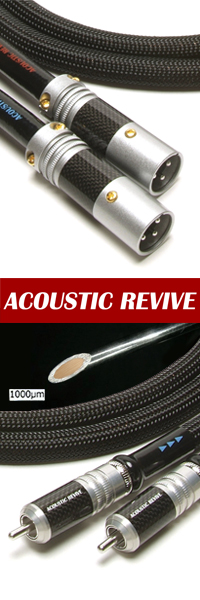 Check out the famous Telarc bass drum on the classic CD Star Tracks [Erich Kunzel/Cincinnati Pops, Telarc CD]. On the Schulte-upgraded Theta Compli Blu, the strike of the drum was there in all its glory on “The Empire Strikes Back” – no problem with lack of bass energy. But hearing the same track on the OPPO SE left me just as impressed with the decay vibration of the drum as with the initial whack! And it was easier to discern separate instruments in the violin section with the OPPO SE as well. (Please note that there was no direct comparison between the Theta SE and the OPPO SE, as the Theta was burned up by lightning a couple of months before the OPPO SE arrived. But I have confidence in my aural memory here.)
Check out the famous Telarc bass drum on the classic CD Star Tracks [Erich Kunzel/Cincinnati Pops, Telarc CD]. On the Schulte-upgraded Theta Compli Blu, the strike of the drum was there in all its glory on “The Empire Strikes Back” – no problem with lack of bass energy. But hearing the same track on the OPPO SE left me just as impressed with the decay vibration of the drum as with the initial whack! And it was easier to discern separate instruments in the violin section with the OPPO SE as well. (Please note that there was no direct comparison between the Theta SE and the OPPO SE, as the Theta was burned up by lightning a couple of months before the OPPO SE arrived. But I have confidence in my aural memory here.)
A couple of other listening notes: It is my opinion that Schulte’s RFI/EMI suppression techniques account for an increase in the delicacy and refinement of music’s inner workings. You and I can’t actually hear a lowering of the noise floor, but we can hear the result: less “fuzz” riding along with the notes. The music is clearer and purer, especially noticeable on things like cymbals and the long “tail” at the end of a symphonic movement. Dynamics improve too: your unit’s power supply and audio sections aren’t overwhelmed by all the noise coming through.
The OPPO SE renders a more upfront sound than either the Theta or the Linn. In my opinion, this is a characteristic of the stock OPPO, since the SE-upgraded Theta did not display this characteristic. Mind you, this is not a criticism: I am not saying that the OPPO’s sound is bright or in-your-face; only that the music’s soundstage (back, middle, and front) is presented as being closer to the listener – Row F instead of Row M. This has no deleterious effect on the soundstage itself, and actually adds a touch of excitement.
I’ve been a long-time digiphile: I pretty much gave up listening to vinyl after I bought my first CD player (a Kyocera DA-01) in 1983. I have no quibble with those who listen to vinyl – it’s just not for me. And I have never been horrified by CD sound as many audiophiles have – I’ve just looked for ways to improve the sound of the players and have tailored my system for digital sound. I’ve always been a fan of modifications, too: In 1985, I took the Kyocera to Steve McCormack at the Mod Squad, who worked his magic on it; I spent a winter in my basement implementing the Walt Jung-Hampton Childress modifications to a Magnavox 473 in the late 80’s; I had the factory modifications done to the Linn Unidisk and Proceed CD player; I had a Wadia 6 converted to a 6i at the factory, then added the Great Northern Sound modifications to it. And now I’m recommending to you The Upgrade Company’s Signature Edition upgrades, not just for digital players/DAC’s, but for any piece of electronics you might want to improve. Whether you own a CD player you think might have some life left, or are maybe looking for that “last” digital player/preamp/amp, you will not go wrong calling David Schulte. He’s easy to work with, and his results speak – and sing – for themselves. No matter the source – CD, SACD, DVD, or high-resolution files – The Upgrade Company Signature Edition OPPO UDP-205 produces the best digital playback I’ve ever heard in my home.
Long-time audiophiles know that adding a new component is usually not just a matter of popping it into the system and living happily ever after. And so it was with the OPPO ‘205 SE. Oh, it sounded fine with the ancillaries I had been using with my prior digital player, but audiophilia nervosa reared its ugly head, and soon I was experimenting with some new power cables and interconnects in an effort to squeeze that last bit of performance from the system. This review would not be complete without my telling you about that experience.

It was Martin DeWulf in Bound for Sound who years ago recommended keeping a number of power cables around to get the best from individual components. In my experience, the power cord does more to change the sound of a component than any other category of cable. (I realize I stand in OPPOsition to a number of other reviewers with this statement, but I’ve heard it too many times to deny it.)
The Cardas Clear Beyond Power AC cable (1045/1.5 meters) had been performing admirably with my former player, but I sampled two other AC cords from companies with whom I’ve had good luck before: DH Labs’ Corona AC cable ($950/1.5 meters) and Audience’s powerChord SE-I ($895/5 feet). The Corona, which has been in the DH Labs lineup for about two years, improves on one of my long-time favorites, the Red Wave, with improved double shielding and a new method of winding the conductors called counter-spiraling. The powerChord SE-i is an advancement of Audience’s long-lived and successful original powerChord, using an improved wiring configuration along with new molded connectors from Cardas (the same as used with the Clear Beyond).
These two AC cables couldn’t sound much different from one another. The powerChord SE-I sounded unlike any other Audience AC cable I’ve heard. It is very mellow-flavored, adding a smooth, romantic quality to any component I connected it to. The Corona, on the other hand, is a very impactful and slightly forward cord – not unlike the OPPO player itself.
As it turned out, the Cardas Clear Beyond held serve as the best choice for the OPPO SE, with its Goldilocks “just right” perspective, in between the other two. But the Audience SE-I found a place in the power conditioning chain, and the Corona was used to feed my Classe CA-301 power amp, which inherently has a slightly laid-back sound. Again, I was reminded that power cables can successfully be used to offset or complement components’ characteristics. The Cardas Clear Beyond remains my choice for best AC cable around $1000; but for slightly less money, the DH Labs and Audience cables are very worthy of your consideration.
The two interconnects auditioned both use copper conductors: Audioquest Earth ($1000/1 meter) and Cardas Clear ($2020/1 meter), both with XLR connectors in this case. Like the Clear Beyond AC cable, the Clear interconnects were the more neutral of the two from top to bottom, with lots of detail and impactful bass. But there was a “big” sound from the Audioquests that I found addicting – perhaps it is a slight emphasis of the upper bass range that adds to the impression of “power,” especially with a symphony. It was this quality, along with the Clears’ substantially higher price, that led me to choose the Audioquest Earths from OPPO player to preamp. Again, a high recommendation for both of these interconnects – it just depends on the “flavor” you’re looking for.


dave allison
Address:
The Upgrade Company
Phone: (269) 352-7609
Email: MrHiEndAudio@gmail.com
Cables:
Cardas: www.cardas.com
Audioquest: www.audioquest.com
Audience: www.audience-av.com
DH Labs: www.silversonic.com
Stereo Times Masthead
Publisher/Founder
Clement Perry
Editor
Dave Thomas
Senior Editors
Frank Alles, Mike Girardi, John Hoffman, Russell Lichter, Terry London, Moreno Mitchell, Paul Szabady, Bill Wells, Mike Wright, Stephen Yan, and Rob Dockery
Current Contributors
David Abramson, Tim Barrall, Dave Allison, Ron Cook, Lewis Dardick, Dan Secula, Don Shaulis, Greg Simmons, Eric Teh, Greg Voth, Richard Willie, Ed Van Winkle, and Rob Dockery
Music Reviewers:
Carlos Sanchez, John Jonczyk, John Sprung and Russell Lichter
Site Management Clement Perry
Ad Designer: Martin Perry



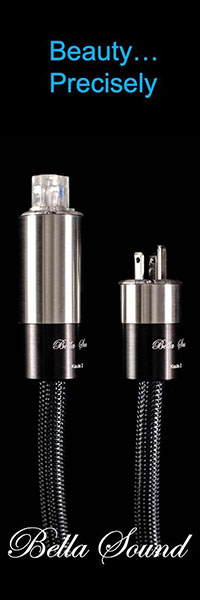


Be the first to comment on: OPPO UDP-205 UNIVERSAL PLAYER (Modified)